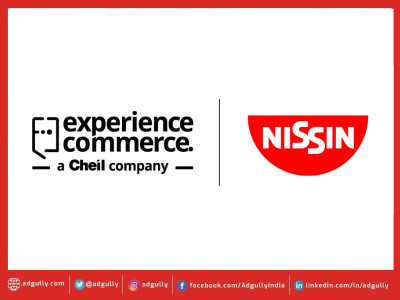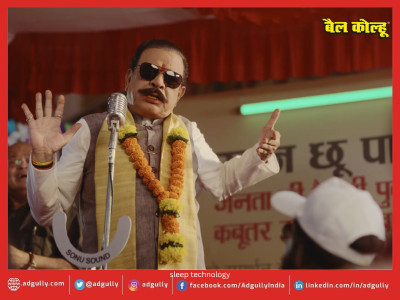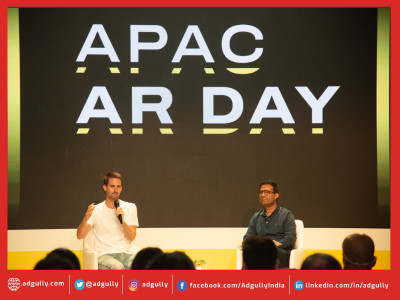Sync Your Content Marketing Strategy With Your Social Media Efforts: Prashant Deorah
Authored by Prashant Deorah, CEO and Managing Director, Puretech Digital.
Both social media and content marketing are important aspects of any inbound marketing strategy. However, it can be difficult to achieve significant business-related results with mere content or with just conversation marketing.
A major challenge for many marketers is making social and content work seamlessly to deliver justifiable ROI. One reason for this is that social media and the way users prefer to consume creative content is constantly changing and what worked one year ago may be redundant today.
If you have been doing content marketing for a while now, you already have the basics covered. But are you getting maximum results from the content you distribute? Are your social media efforts achieving real business objectives?
This guide will go beyond the basics of social media and content marketing and show you how to make both strategies work in tandem to fully engage your customers and maximize results.
Approach Social Media As A Destination Not Just A Distribution Channel
Social media platforms are crucial for content distribution but at a time when more and more people are spending time on these sites, it is important to approach social platforms as destinations in their own right.
The overarching content marketing strategy is to distribute content to target audiences through social channels and then draw these audiences back to a website or landing page for conversion.
There is nothing wrong with this kind of link building approach but with consumers becoming averse to click-bait, smart marketers are findings ways to engage users right where they are.
This approach requires you to develop a social-first approach that prioritizes the creation of creative content that users can interact with without leaving their social platforms.
Of course, you should balance out social-first content with inbound content that brings people back to your owned assets, which include websites, landing pages, and email.
At the end of the day, if the content you distribute via social constantly requires users to leave their comfort zones, so to speak, you will likely see a drop in engagement.
Make Retargeting Campaigns A Pillar of Your Content Strategy
Social media is a crucial part of the customer’s journey toward conversion. However, it can be difficult to obtain meaningful conversions via social alone. As such, your marketing campaign should loop together both social and non-social platforms for a complete conversion journey.
How do you do this? Strategic retargeting is the secret sauce.
Facebook and Instagram have really refined their audience retargeting functionalities, allowing you to create campaigns that support your content marketing and business goals.
Before creating content, you need to create buyer personas. But, when you are retargeting using social ads, try to dig deeper into your initial personas and opt for narrower, more specific custom audiences that are close to completing the conversion journey.
You will then continue to create and distribute relevant content to nurture this custom audience throughout the multiple touch points where they come into contact with your brand.
Strategic retargeting combined with relevant content created for specific audiences allows you to create a unified experience for customers and achieve your business objectives.
Use Social Media Data To Inform Your Content Strategy
Data is the foundation of a well-executed content marketing strategy.
When it comes to social media analytics, it is easy to be overly focused on vanity metrics such as likes and followers. However, this kind of data does not do much in terms of informing your content strategy.
To build a watertight content strategy, you must go deeper and test the metrics that really matter. A good practice is to measure engagement, awareness, conversion, and consumer metrics.
Engagement metrics tell you how receptive users are to your content. Examples include the average number of likes and favourites, shares, and unique views.
Awareness metrics demonstrate the attention your branded content generates across social media platforms. Such include shares, mentions, links, audience growth rates, reach, and impressions.
Conversion metrics are arguably the most important and measure the effectiveness of your social media efforts. Examples include click-through rates, conversion rates, bounce rates, cost per impression, and cost per click.
Lastly, you also want to generate data on metrics such as customer loyalty and satisfaction to understand how customers feel about your brand.
A data-driven content strategy not only saves you time but also helps you develop content that delivers the greatest return on investment.
Like most things in the world of digital marketing, content and social are constantly changing. Your ability to create highly relevant content that can live inside and outside of social platforms, and for highly specific audiences, will put you many steps ahead of the competition.
Prashant Deorah has been leading digital strategy and marketing teams almost since the advent of the Internet in India. A passionate digital evangelist and entrepreneur , being one of the early digital entrepreneurs, Prashant’s experience runs the entire gamut of digital marketing activities – building experiential websites, leveraging the power of search, creating communities on social, connecting with millennials through mobile and driving engagement with content. Prashant is passionate about using web technologies, eGovernance and mobility solutions to meet business goals and transform user experiences. A consummate professional and excellent communicator, Prashant is dedicated to his work and craft.
















Share
Facebook
YouTube
Tweet
Twitter
LinkedIn